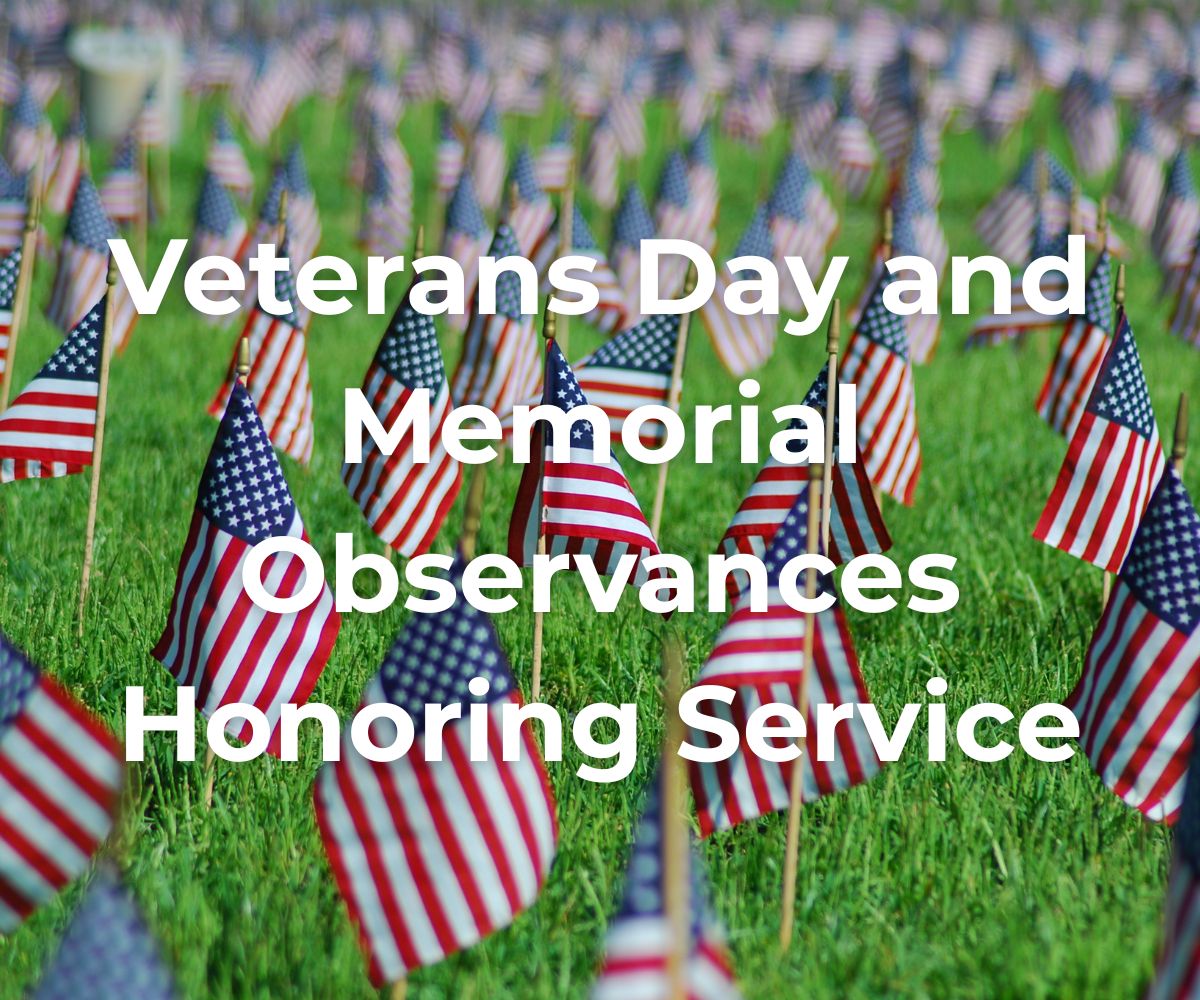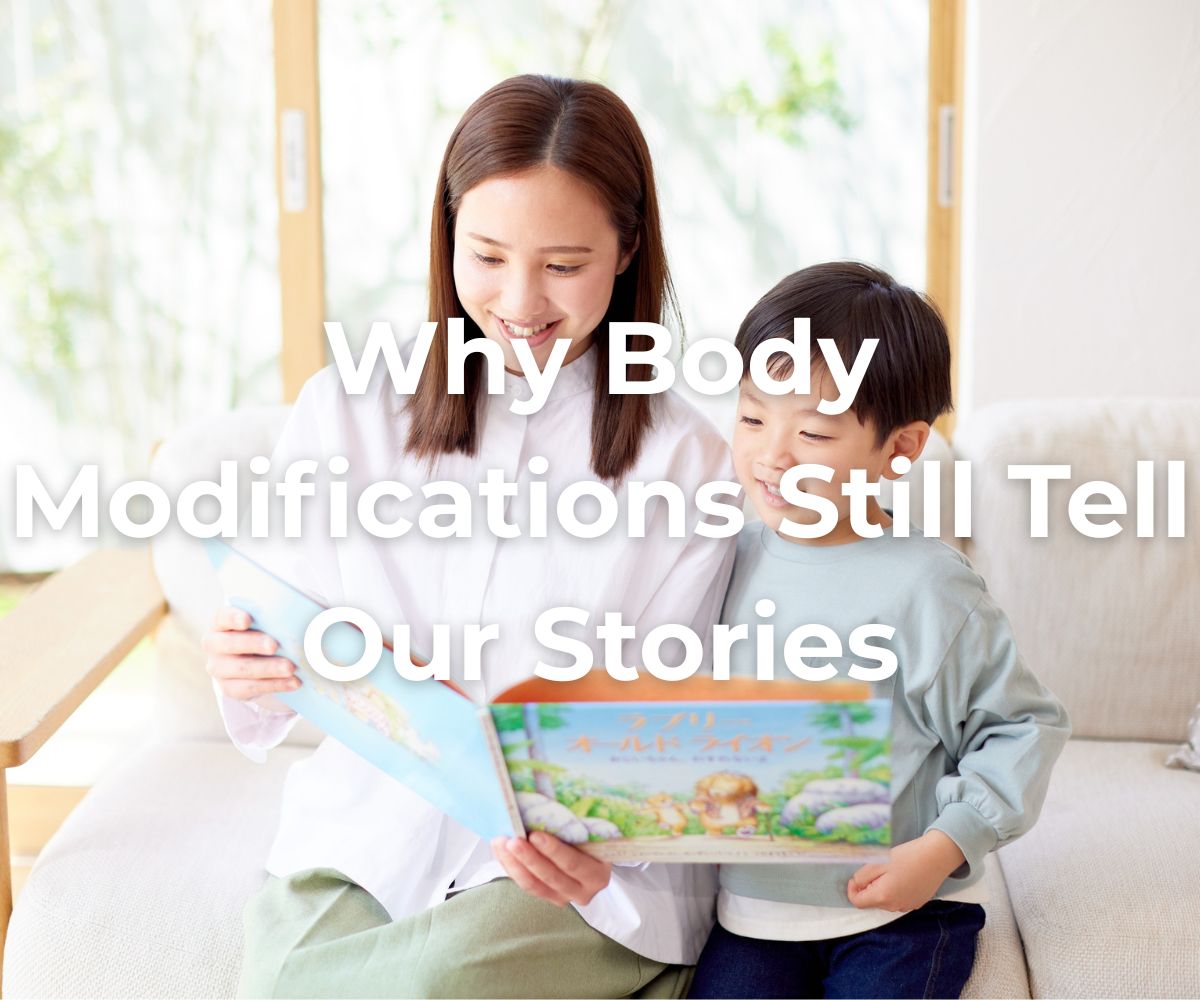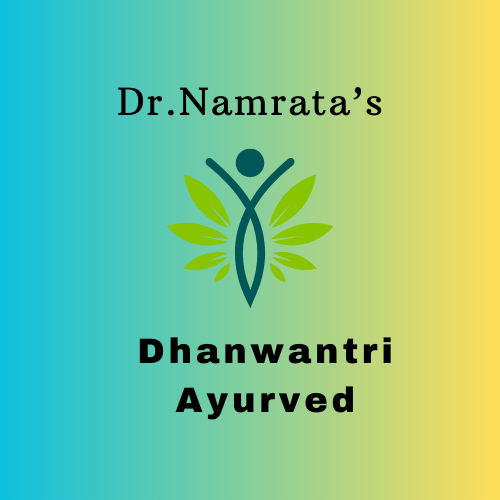veterans day and memorial observances honoring service
Description
Veterans Day – Honoring Service, Sacrifice, and Remembrance
Introduction
Each November 11, Americans pause to honor the men and women who have worn the uniform of the United States Armed Forces. Veterans Day stands as a living symbol of gratitude and unity—a national acknowledgment of service that has safeguarded the nation’s freedom for over a century.
Beyond the parades and flags, the day carries a profound message: that freedom has a cost, and that every generation owes a debt of thanks to those who have stood guard for liberty.
While Memorial Day focuses on those who died in service, Veterans Day honors all who served—past and present, in war or peace. It’s a moment not only of remembrance but of connection, bridging generations through respect and reflection.
From Armistice to Veterans Day: A Legacy of Gratitude
The story of Veterans Day begins in the aftermath of World War I. On the 11th hour of the 11th day of the 11th month in 1918, an armistice ended what was then called “the war to end all wars.” A year later, President Woodrow Wilson proclaimed November 11 as Armistice Day—a time to honor those who fought and to celebrate peace.
However, as history unfolded through World War II and the Korean War, the meaning of the day expanded. In 1954, under President Dwight D. Eisenhower, Armistice Day became Veterans Day, honoring all American veterans, regardless of when or where they served. This change reflected the growing understanding that service is not confined to combat; it’s the act of stepping forward, pledging to defend something greater than oneself.
What Veterans Day Means Today
Veterans Day carries emotional weight because it is deeply human. It celebrates courage, commitment, and resilience—the quiet strength of those who chose duty over comfort. It honors not only the warriors of the battlefield but also the mechanics, nurses, engineers, and families who made that service possible.
At its core, Veterans Day reminds us that service is not about glory. It is about sacrifice—missed milestones, sleepless nights, and enduring challenges that follow long after active duty ends. Every salute, every folded flag, and every note of “Taps” tells the story of a promise kept between a nation and its defenders.
Traditions That Bind a Nation
Across America, communities mark the day with ceremonies, parades, and quiet acts of remembrance.
1. National Ceremony at Arlington National Cemetery
The most symbolic event unfolds at the Tomb of the Unknown Soldier, where the President or a senior official lays a wreath in honor of those who served. The playing of “Taps” and the changing of the guard reflect discipline, reverence, and the enduring commitment to remember every life given for freedom.
2. Local Parades and Gatherings
From large cities to small towns, parades line the streets with veterans, marching bands, and school groups waving flags. These gatherings foster pride and connection, bringing history to life for younger generations.
3. The Moment of Silence
At 11 a.m., Americans pause for a minute of silence—echoing the armistice hour in 1918. This collective stillness unites millions in gratitude and reflection.
4. The Red Poppy
Inspired by the World War I poem “In Flanders Fields,” the red poppy has become a symbol of remembrance and hope. Wearing it honors both the fallen and the living, linking generations through one simple flower.
5. Community Acts of Kindness
Volunteering at veterans’ hospitals, donating to veteran-led nonprofits, or supporting veteran-owned businesses are all powerful ways to give back. These actions extend Veterans Day beyond one calendar date and into daily life.
The Broader Meaning of Service
Service takes many forms. It’s the Marine on the front lines, the air traffic controller in a distant base, the sailor navigating rough seas, and the medic comforting the wounded. But it’s also the spouse managing the home front, the parent raising children alone during deployment, and the communities that welcome veterans back home.
Veterans Day acknowledges all these layers of commitment. It asks the nation not only to thank its heroes but also to support them—through healthcare, education, and opportunity. True honor means ensuring no veteran feels forgotten, marginalized, or left behind.
Facing Modern Challenges with Compassion
The transition from military to civilian life can be difficult. Veterans often face hurdles like post-traumatic stress, unemployment, or housing insecurity. Honoring service, therefore, means addressing these realities.
Mental Health Support:
Many veterans carry invisible wounds—memories that linger long after service. Expanding access to counseling, peer support, and mental health care is one of the most meaningful ways to honor their sacrifice.
Career Transition:
Employers play a key role in recognizing the value veterans bring—discipline, leadership, and teamwork. Hiring veterans and offering mentorship programs transforms gratitude into opportunity.
Community Integration:
Building inclusive spaces where veterans feel understood bridges the civilian-military divide. Conversations, storytelling, and shared service projects cultivate empathy and connection.
The Role of Families and Communities
Behind every veteran stands a network of loved ones who share in the weight of service. Families endure long separations, missed holidays, and constant uncertainty. Veterans Day honors their resilience, too—the spouses who keep life steady and the children who grow up with pride and patience.
Communities also bear responsibility. Schools can host assemblies and teach the history of military service. Faith groups can organize remembrance services. Neighborhoods can support local veterans through small acts—yard work, meals, or simply company. Each gesture, no matter how small, sustains the culture of gratitude.
A Living Memorial: Remembering Every Day
Monuments and ceremonies serve as powerful reminders, but the truest memorial to veterans is the way the nation lives out its values. Gratitude should not be confined to one day a year; it should shape policy, behavior, and community life.
When citizens engage in civic life, vote responsibly, and uphold justice, they honor the ideals veterans fought to protect. Every act of kindness, fairness, and service strengthens the country they defended. Veterans Day, in this sense, is not a passive holiday—it’s a call to action.
The Shared Responsibility of Remembrance
Veterans Day and Memorial Day together form a continuum of remembrance. The former celebrates the living; the latter mourns the fallen. Both compel society to remember that service is not an abstraction—it’s a human story of courage and cost.
Honoring veterans is not just the government’s duty—it’s a shared national promise. When citizens care for those who once defended them, they preserve the integrity of the nation’s character. Gratitude must evolve into responsibility: advocating for veteran healthcare, supporting families of the fallen, and ensuring education and opportunity for future generations.
How to Honor Veterans Day in Meaningful Ways
-
Attend a Ceremony: Presence matters. Show up to local events to demonstrate appreciation.
-
Thank a Veteran Personally: A sincere conversation carries weight beyond words.
-
Volunteer or Donate: Contribute time or resources to veteran-focused organizations.
-
Fly the American Flag Respectfully: Displaying the flag honors the nation's unity and ideals.
-
Share Stories: Pass down memories of service within families and communities.
-
Support Veteran-Owned Businesses: Economic support is a powerful, lasting form of respect
The Eleventh Hour: A Moment of Reflection
As the sun sets on November 11, the notes of “Taps” echo across cemeteries and town squares. It’s a moment that reminds every American of the balance between peace and sacrifice. The flag folds, the crowd disperses, but the gratitude endures.
Veterans Day is not about celebration alone—it is about continuity. It’s the recognition that liberty depends on courage, and that service, once given, deserves not only applause but understanding. It’s about remembering that while wars may end, the responsibility to care for those who fought them does not.
Conclusion
Veterans Day offers more than remembrance; it offers renewal. It invites every citizen to reflect on what service means and how gratitude should be expressed in everyday life. From the battlefields of history to the communities of today, the courage of veterans remains a guiding light for the nation.
Honoring veterans means living the values they defended—unity, justice, and peace. It is a shared commitment, one that ensures the sacrifices of the past continue to inspire a future worthy of their service.




















